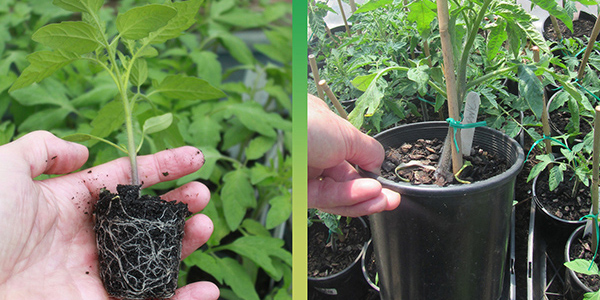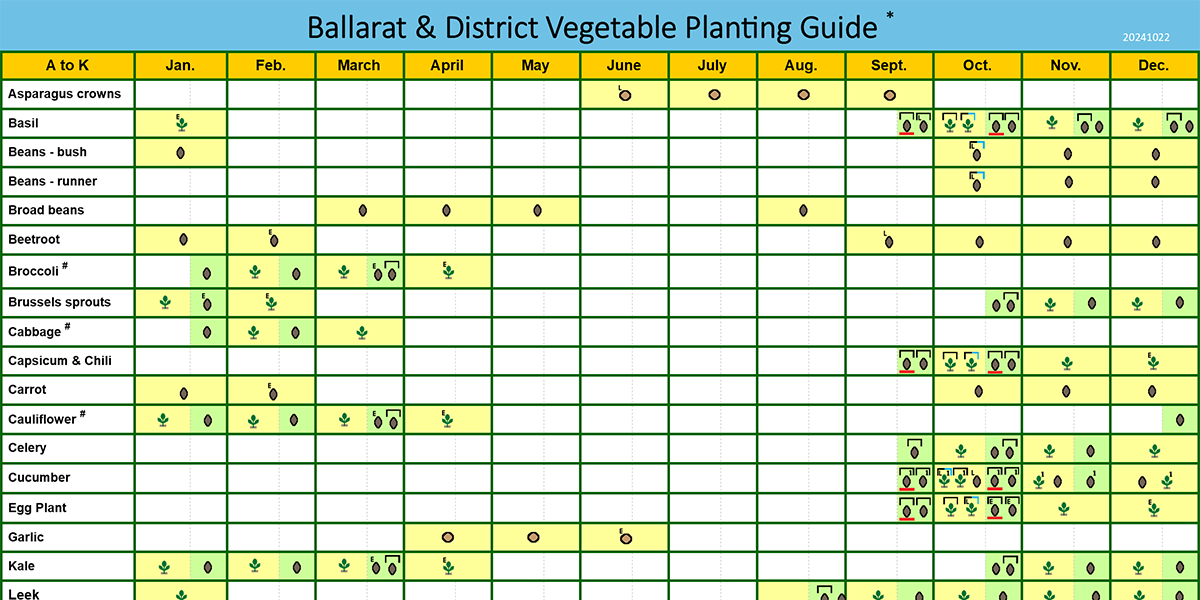Mulching is the placing of organic matter, such as straw or Lucerne, on top of your garden soil. It is good for vegetable beds as it adds vital nutrients and organic material.
However, continually mulching vegetable beds can have negative consequences, especially in cooler climate and higher rainfall areas. Knowing its shortfalls can help you maximise the benefits that mulch gives to your garden. Below is a comparison of the advantages and disadvantages of using mulch on vegetable beds and tips on when it is best to apply it.
REDUCES SOIL EVAPORATION
This can reduce water use by up to 75%.ADDS ORGANIC MATTER TO YOUR SOIL
Which provides valuable nutrients as this organic matter breaks down.ENCOURAGES EARTH WORMS
Worms aerate the soil and provide fertiliser in the form of worm castings.REDUCES THE NUMBER OF WEEDS BY INHIBITING GERMINATION
Weed seeds may germinate but are less likely to break through the mulch layer.KEEPS THE SOIL UNDER THE MULCH COOLER
During high temperature periods in Summer cooler having cooler sole reduces the risk of heat stress to plants.

Mulch reduces evaporation, which makes it an ideal vegetable garden covering in the warm summer months.
REDUCES SOIL TEMPERATURE
Mulch retards the heating of the soil by the sun. In Summer this is not a problem but in early/mid Spring when you need all the warmth you can get from the sun’s rays it can inhibit the germination of seeds, especially those seeds that need a higher soil temperature to germinate. Lower soil temperature can also reduce the growth rate of seedlings.OFFERS GOOD COVER FOR SMALL SLUGS
Even small slugs in large enough numbers can do significant damage.INCREASES THE RISK OF FUNGAL DISEASES (SUCH AS COLLAR ROT)
This is especially so when the mulch is very wet.INCREASES THE RISK OF DAMAGE FROM SCRATCHING BIRDS
Birds like to scratch leaf litter because the soil is moister there, which brings worms closer to the surface. Mulch creates almost the same conditions as leaf litter.

Mulch retards the heating of the soil by the sun. In early/mid Spring a mulched bed can inhibit the germination of seeds, especially those seeds that need a higher soil temperature to germinate. Lower soil temperature can also reduce the growth rate of seedlings.
Because mulch retards soil temperature I practice what I call Seasonal Staged Mulching Of Vegetable Beds.
This is involves applying mulch when the weather is warm and leaving beds bare in the cooler months. The one exception for winter mulching is if I have beds that are being fallowed. As the weather warms up in spring I begin applying mulch, but only after planted seeds and seedlings have grown big enough (about 20 t0 25 cm high) to have mulch spread around their base without touching their lower leaves. Whatever the season I only ever sow seeds or plant seedlings into bare soil.
For more information see : Seasonal Staged Mulching Of Vegetable Beds.
MULCHING ADVANTAGES SUMMARY
ADVANTAGES
- REDUCES SOIL EVAPORATION
- ADDS ORGANIC MATTER TO YOUR SOIL
- ENCOURAGES EARTH WORMS
- KEEPS THE SOIL UNDER THE MULCH COOLER IN SUMMER
-
REDUCES THE NUMBER OF WEEDS BY INHIBITING GERMINATION
MULCHING DISADVANTAGES SUMMARY
DISADVANTAGES
- REDUCES SOIL TEMPERATURE IN SPRING
- OFFERS GOOD COVER FOR SMALL SLUGS.
- INCREASES THE RISK OF FUNGAL DISEASES
-
INCREASES THE RISK OF DAMAGE FROM SCRATCHING BIRDS




